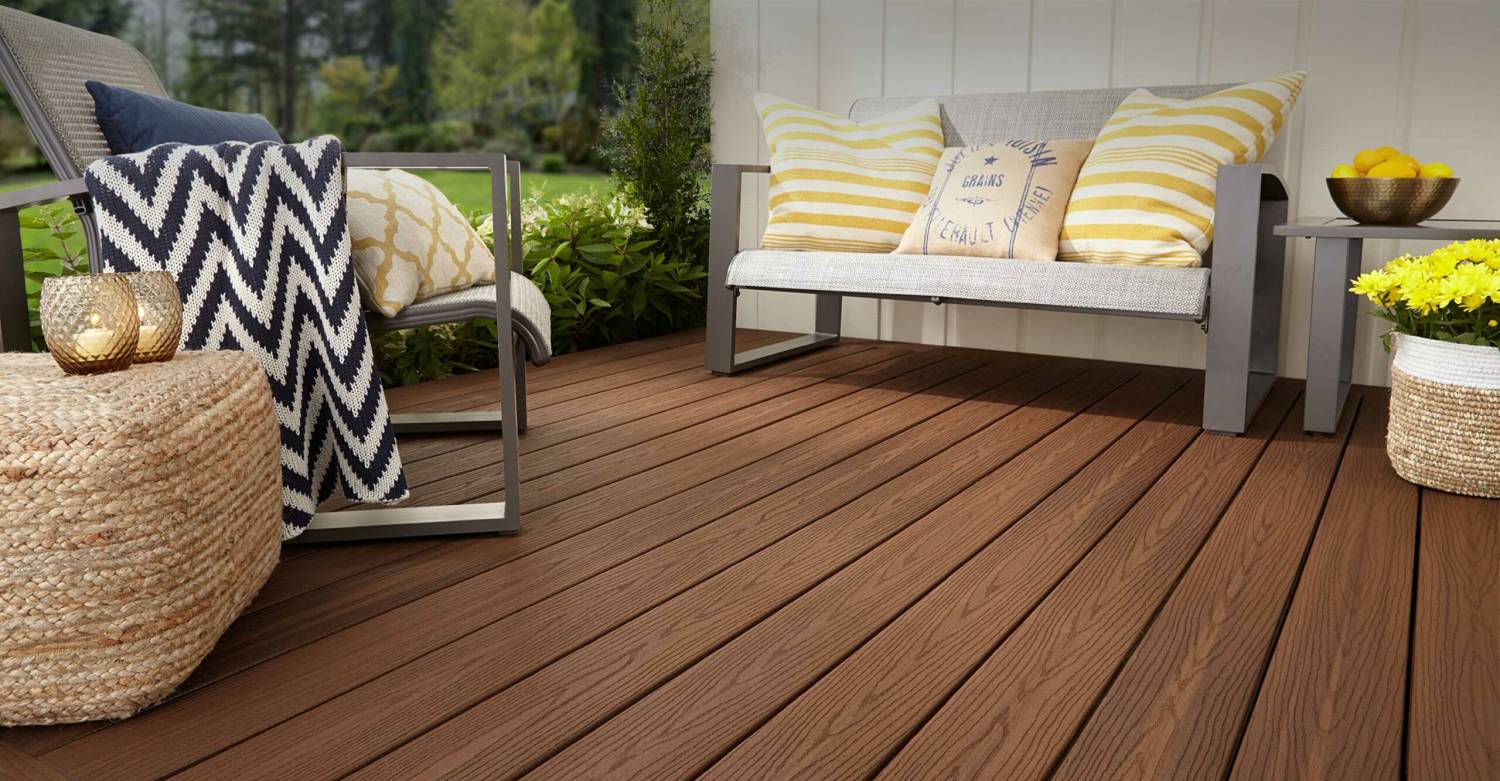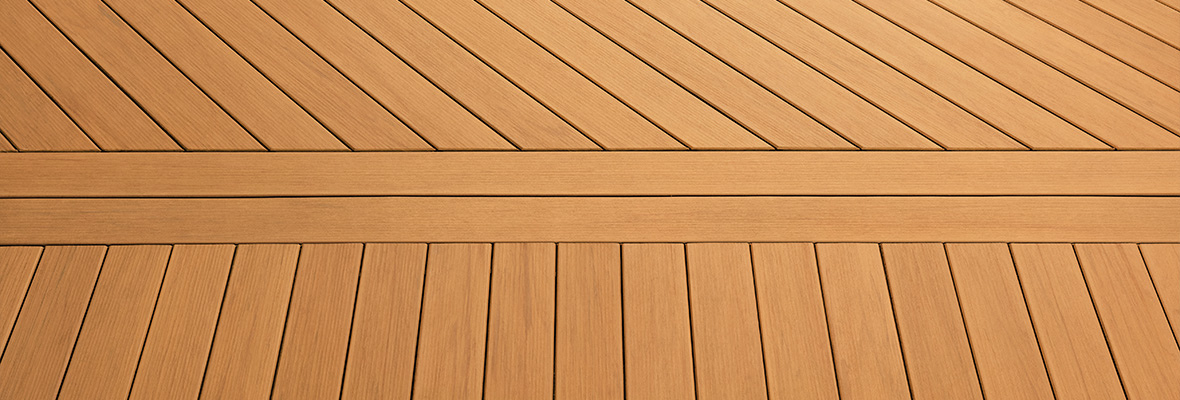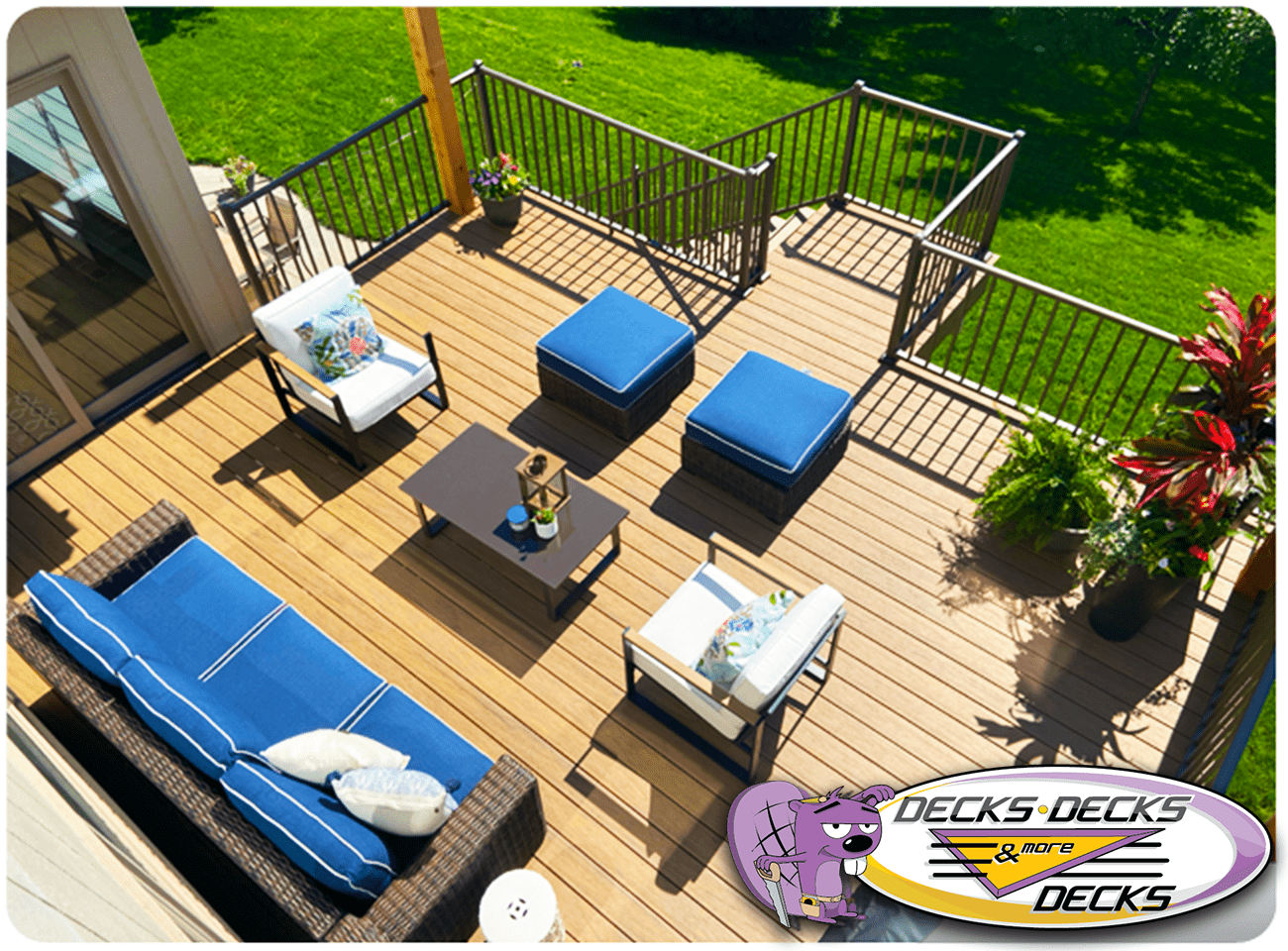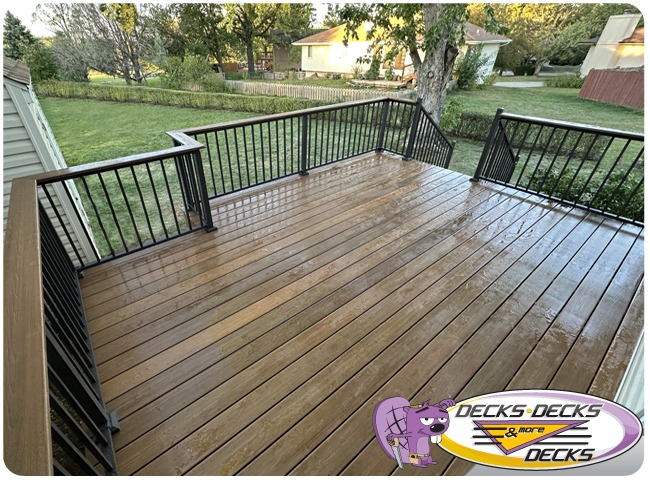Creating an Eco-Friendly Deck: Sustainable Options for Your Outdoor Space
As more homeowners prioritize sustainability, creating an eco-friendly deck has become an essential part of outdoor projects. Building and maintaining a deck with the environment in mind not only reduces your carbon footprint but also ensures your outdoor space is long-lasting and low maintenance. From choosing eco-friendly decking options to integrating energy-efficient features, you can make your deck both beautiful and environmentally conscious. Let’s explore key strategies for building an eco-friendly deck and how it benefits both the environment and your home.
Choosing Eco-Friendly Decking Options
The foundation of any eco-friendly deck begins with the materials you choose. Eco-friendly decking materials like composite decking, bamboo, or responsibly sourced wood can significantly reduce your deck’s environmental impact.
Top Eco-Friendly Decking Options:
- Composite Decking: Made from recycled plastics and wood fibers, composite decking offers a sustainable, low-maintenance alternative to traditional wood. It doesn’t require staining or sealing, which further reduces the use of harmful chemicals.
- Bamboo Decking: Bamboo is a fast-growing, renewable resource and an excellent alternative to hardwoods, making it one of the most eco-friendly decking options available.
- Recycled Wood: Opting for reclaimed or recycled wood minimizes the need for new lumber, reducing deforestation and waste.
- FSC-Certified Wood: If natural wood is your preference, select FSC-certified wood that ensures responsible forestry practices are in place.

Sustainable Deck Features
Beyond just decking materials, there are many other ways to make your outdoor space more eco-conscious. Incorporating eco-friendly pergolas made from sustainable materials and eco-friendly lighting solutions are great ways to reduce energy consumption while enhancing the ambiance of your deck.
- Eco-Friendly Pergolas: Choose pergolas made from recycled or sustainable materials, such as composite or bamboo, to provide shade while keeping your deck green. Pergolas are also excellent for supporting climbing plants, adding natural beauty to your space.
- Eco-Friendly Lighting: Installing solar-powered or energy-efficient LED lighting for your deck reduces electricity use while providing the necessary illumination. Eco-friendly lighting options, like low-energy LED fixtures or solar-powered string lights, are both efficient and stylish.
Eco-Friendly Deck Maintenance
Maintaining your eco-friendly deck doesn’t have to involve harsh chemicals or excessive water use. Instead, opt for non-toxic cleaning solutions and environmentally safe sealants that protect your deck without harming the planet.
Sustainable Maintenance Practices:
- Non-Toxic Cleaners: Use eco-friendly cleaning products that are biodegradable and safe for plants and wildlife. These solutions effectively clean your deck without contaminating nearby water sources.
- Water Conservation: Sweep your deck regularly to minimize the need for heavy water use, and when necessary, clean it with a low-flow pressure washer to conserve water.
- Green Sealants: Choose sealants made from plant-based oils instead of petroleum-based ones to protect your wood deck in an eco-friendly way.
The Benefits of Eco-Friendly Decking
Building an eco-friendly deck not only helps protect the environment but also saves you money in the long run. Sustainable decking materials are often more durable and require less maintenance, making them cost-effective over time. By incorporating eco-friendly decking options, lighting, and sustainable maintenance practices, you can create a deck that’s as good for the planet as it is for your lifestyle.
Conclusion
Creating an eco-friendly deck is all about making conscious choices, from selecting eco-friendly decking materials to incorporating sustainable features like eco-friendly pergolas and lighting. These steps ensure your outdoor space is not only beautiful and functional but also respectful of the environment. By embracing eco-friendly decking options and thoughtful maintenance practices, you can enjoy a sustainable, durable, and low-maintenance outdoor retreat for years to come.
Check Out This Blog!
 free estimates: (402) 690-1050
free estimates: (402) 690-1050




